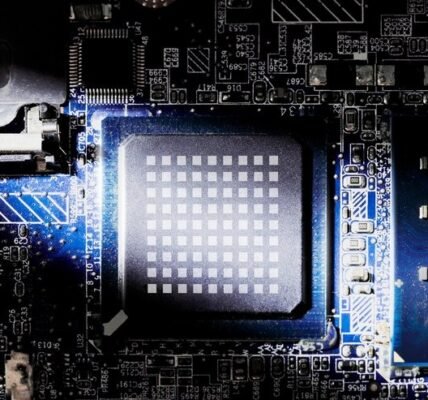Introduction
In the modern digital landscape, data processing has become a critical component of various industries. One of the most advanced innovations in this field is Pi123—a powerful algorithm designed to handle large-scale datasets with exceptional speed and accuracy. This groundbreaking technology is revolutionizing the way businesses process, analyze, and extract insights from data, making it an invaluable asset for companies across sectors like finance, healthcare, and artificial intelligence.
What is Pi123?
Pi123 is an advanced computational algorithm that optimizes data processing by leveraging machine learning, statistical analysis, and high-performance computing. It is designed to handle vast amounts of information efficiently, making it a preferred choice for organizations that rely on real-time data analysis.
Features of Pi123
The uniqueness of Pi123 lies in its ability to enhance data processing while maintaining accuracy and efficiency. Below are some of its standout features:
1. Scalability
Pi123 is designed to handle increasing data loads without compromising performance. Whether processing thousands or millions of records, the algorithm efficiently manages and organizes data for seamless analysis.
2. Speed and Efficiency
With the rapid growth of big data, speed is crucial. Pi123 enhances processing speed, enabling businesses to analyze large datasets within seconds. This efficiency is particularly beneficial for industries that require real-time decision-making.
3. Accuracy and Precision
One of the biggest challenges in data processing is maintaining accuracy. Pi123 utilizes advanced statistical techniques to ensure that the processed data is reliable and free from errors.
4. Machine Learning Integration
Pi123 incorporates machine learning models that improve over time, making data predictions and analysis more precise. It continuously learns from past data patterns, enhancing its overall functionality.
How Pi123 is Transforming Industries
Pi123’s powerful capabilities make it applicable in various industries, improving efficiency and decision-making.
1. Finance and Banking
The finance industry relies heavily on accurate data analysis. Pi123 helps banks and financial institutions process vast amounts of transactional data quickly, reducing fraud risks and improving customer experience.
2. Healthcare and Medical Research
Medical data processing is crucial for accurate diagnoses and research advancements. Pi123 enables healthcare professionals to analyze patient records efficiently, leading to improved treatment strategies.
3. Artificial Intelligence and Machine Learning
AI systems require vast amounts of data to train models effectively. Pi123 enhances AI training by processing large datasets swiftly, improving algorithm performance and accuracy.
4. Cybersecurity and Cryptography
Pi123’s ability to generate complex encryption patterns makes it ideal for cybersecurity applications. It is used to strengthen digital security systems, ensuring the protection of sensitive data.
The Future of Pi 123
The continuous evolution of data processing requires innovative solutions like Pi123. As industries become more data-dependent, the demand for faster and more efficient algorithms will continue to grow. Pi123’s integration with emerging technologies like quantum computing and blockchain further solidifies its relevance in the future.
Conclusion
Pi123 is more than just an algorithm—it is a game-changer in data processing. With its exceptional speed, accuracy, and scalability, it is revolutionizing industries worldwide. As businesses and organizations continue to prioritize data-driven strategies, Pi 123 will play a pivotal role in shaping the future of data analytics and computation.
Also Read Here:




